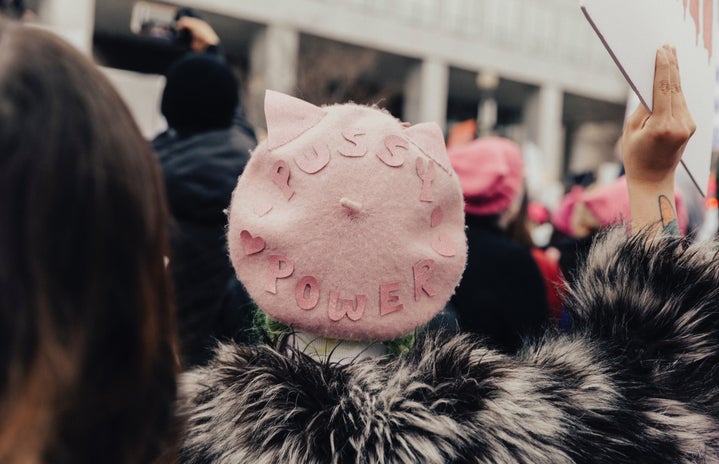Americans all over the country and members of the LGBTQ+ community around the world are anxiously awaiting the upcoming U.S. Supreme Court ruling on Obergefell v. Hodges, which will determine whether the Fourteenth Amendment requires a state to license a marriage between two people of the same sex, as well as whether the Fourteenth Amendment requires a state to recognize a marriage between two people of the same sex when their marriage was lawfully licensed and performed out-of-state. With previous SCOTUS decisions indicating that this particular Supreme Court roster tends to lean to the left on social issues, many experts are confident that this ruling will favor the LGBTQ community, and therefore herald a historic landmark for the country (the impact of which hasn’t been seen in a Supreme Court case since Roe v. Wade). But if same-sex marriage should be legalized, many are wondering: what’s next?
This Human Rights Campaign infographic shows the distribution of states which recognize and provide other anti-discrimination resources for the LGBTQ community. For example, while all but five states have laws against hate crimes, only a certain fraction of those states specifically protect against crimes based on sexual orientation, and an even smaller fraction protect against crimes based on gender identity as well. What about joint adoption by a same sex couple, or employment discrimination based on sexual orientation/gender identity? The maps show that these issues have far fewer states on board than marriage equality. Just take a look at the status of protection against anti-gay bullying in America:
This means that while LGBTQ citizens will hopefully be able to enjoy the benefits of marriage in this country with a positive ruling this week, they are still at risk of persecution in other facets of their lives based on who they choose to love. So while this one legal battle comes to an end, this should be a stark reminder that the fight for equality is still far from over.
You said it, Hills!

